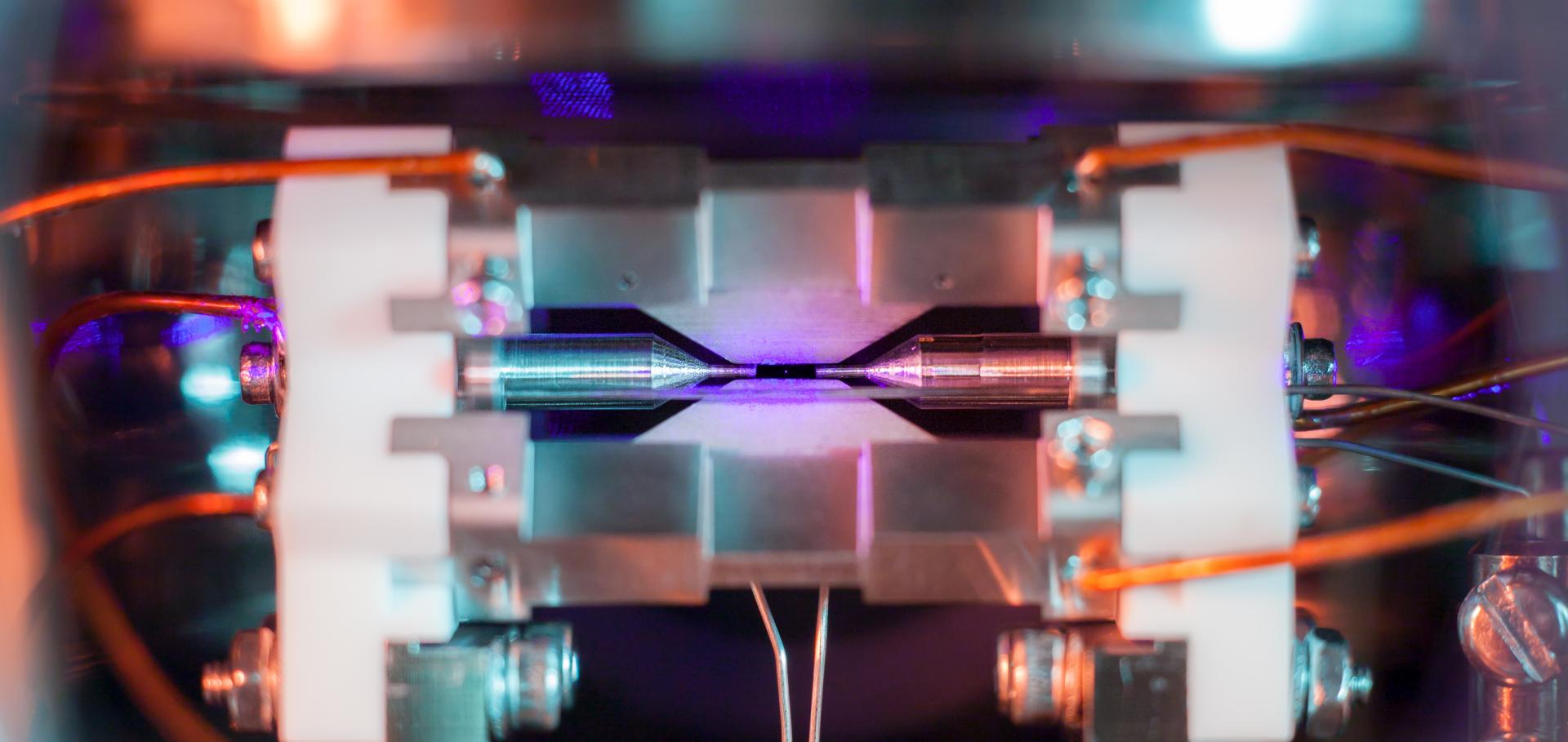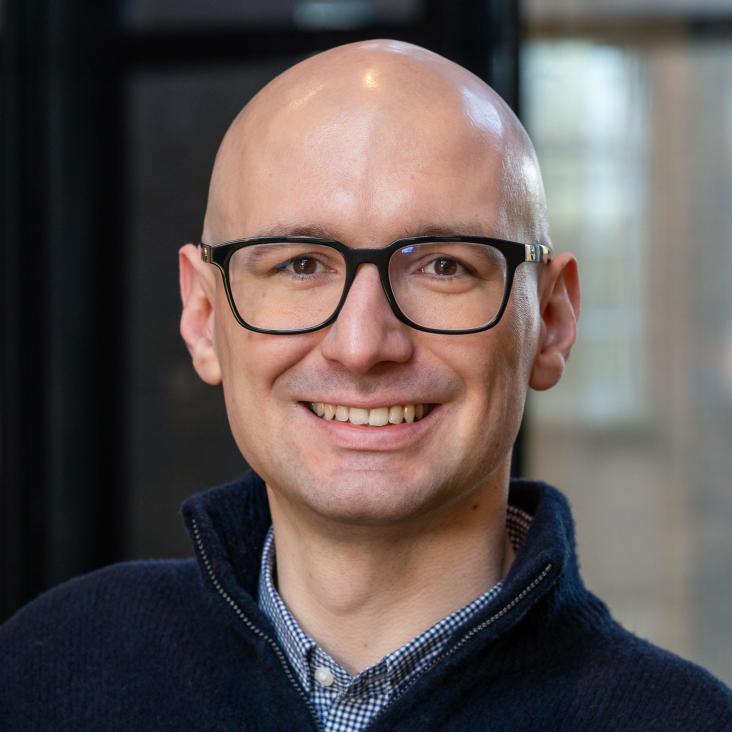Entanglement-enhanced frequency comparison of two optical atomic clocks
European Quantum Electronics Conference, EQEC 2023 in Proceedings Conference on Lasers and Electro-Optics/Europe, CLEO/Europe 2023 and European Quantum Electronics Conference EQEC 2023, Part of Conference on Lasers and Electro-Optics/Europe, CLEO/Europe 2 (2023)
Sampler – Open-Source Data Acquisition Module for Quantum Physics
International Journal of Electronics and Telecommunications Polish Academy of Sciences Chancellery (2022) 761-766-761-766
Robust quantum memory in a trapped-ion quantum network node
(2022)
An elementary quantum network of entangled optical atomic clocks
Nature Springer Nature 609:7928 (2022) 689-694
Abstract:
Optical atomic clocks are our most precise tools to measure time and frequency1,2,3. Precision frequency comparisons between clocks in separate locations enable one to probe the space–time variation of fundamental constants4,5 and the properties of dark matter6,7, to perform geodesy8,9,10 and to evaluate systematic clock shifts. Measurements on independent systems are limited by the standard quantum limit; measurements on entangled systems can surpass the standard quantum limit to reach the ultimate precision allowed by quantum theory—the Heisenberg limit. Although local entangling operations have demonstrated this enhancement at microscopic distances11,12,13,14,15,16, comparisons between remote atomic clocks require the rapid generation of high-fidelity entanglement between systems that have no intrinsic interactions. Here we report the use of a photonic link17,18 to entangle two 88Sr+ ions separated by a macroscopic distance19 (approximately 2 m) to demonstrate an elementary quantum network of entangled optical clocks. For frequency comparisons between the ions, we find that entanglement reduces the measurement uncertainty by nearly 2‾√, the value predicted for the Heisenberg limit. Today’s optical clocks are typically limited by dephasing of the probe laser20; in this regime, we find that entanglement yields a factor of 2 reduction in the measurement uncertainty compared with conventional correlation spectroscopy techniques20,21,22. We demonstrate this enhancement for the measurement of a frequency shift applied to one of the clocks. This two-node network could be extended to additional nodes23, to other species of trapped particles or—through local operations—to larger entangled systems.Latest developments in the Sinara open hardware ecosystem
Institute of Electrical and Electronics Engineers (IEEE) 00 (2022) 799-802


